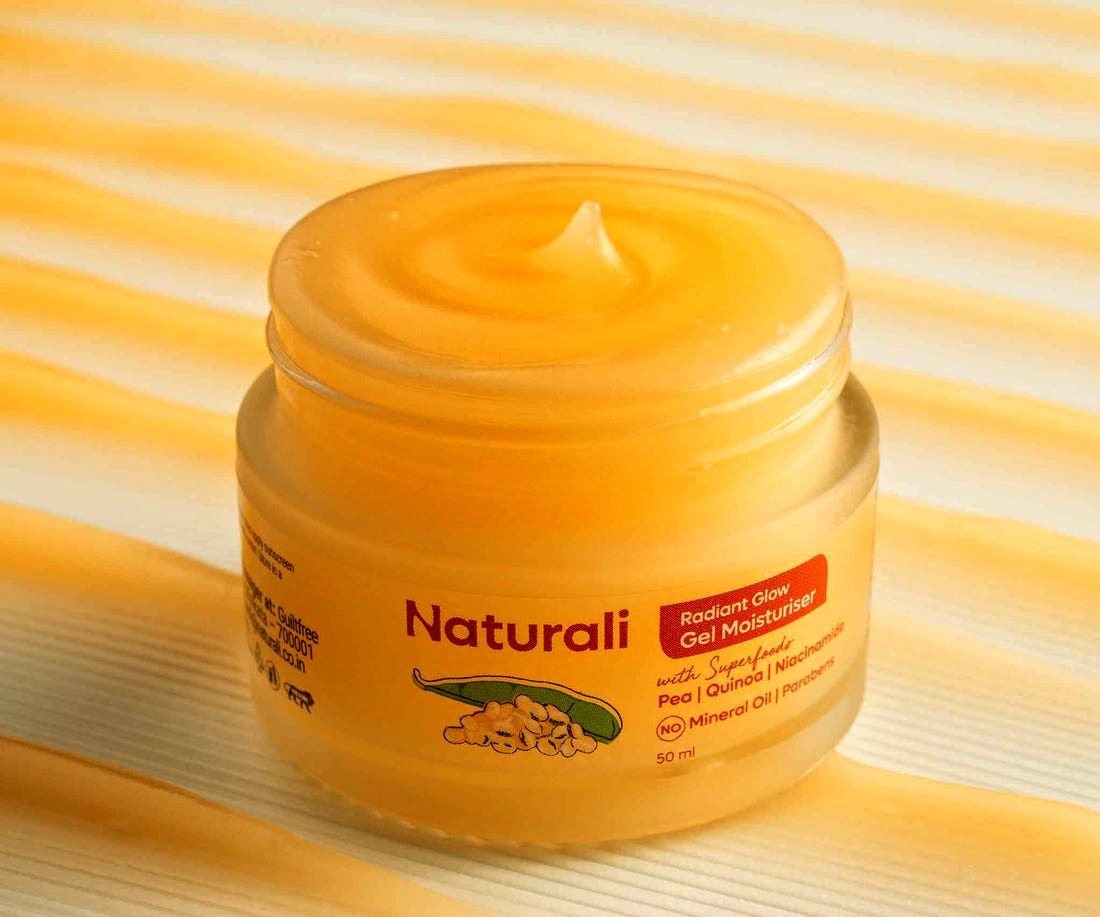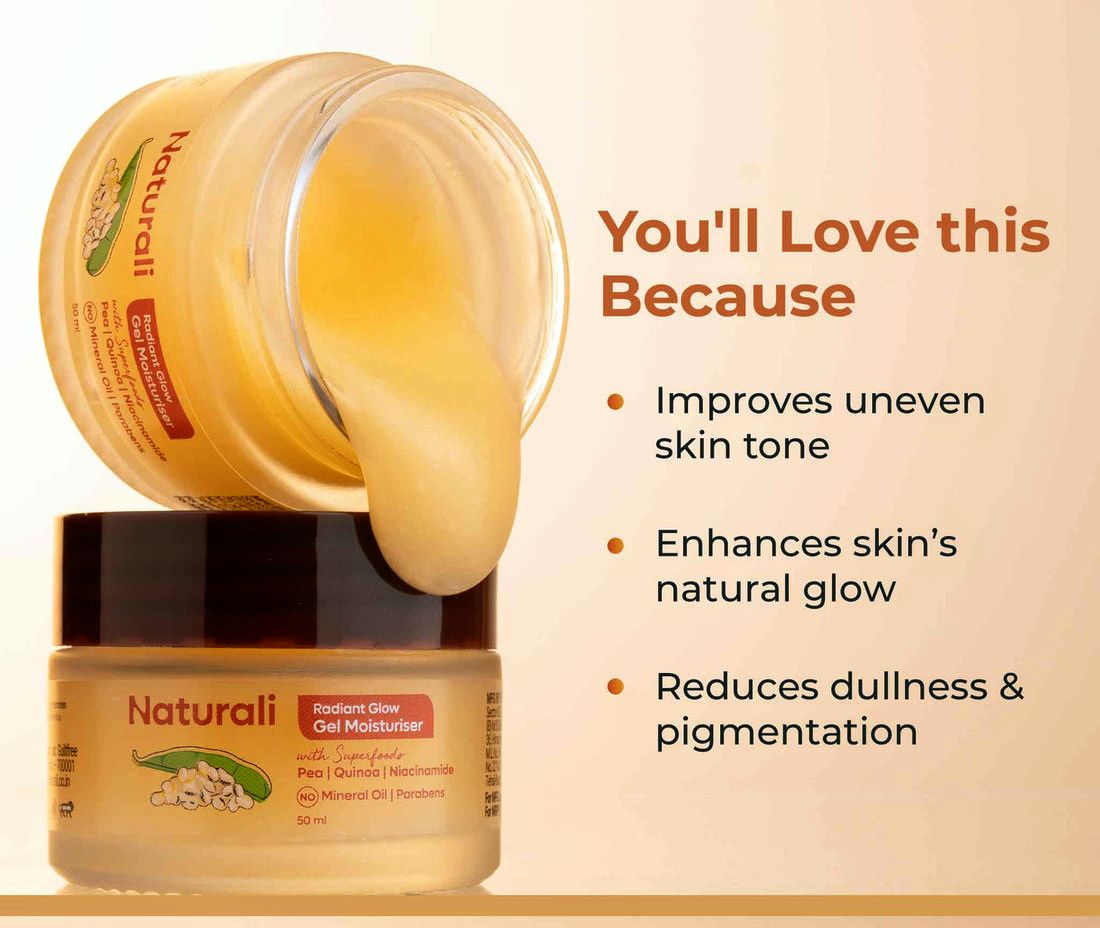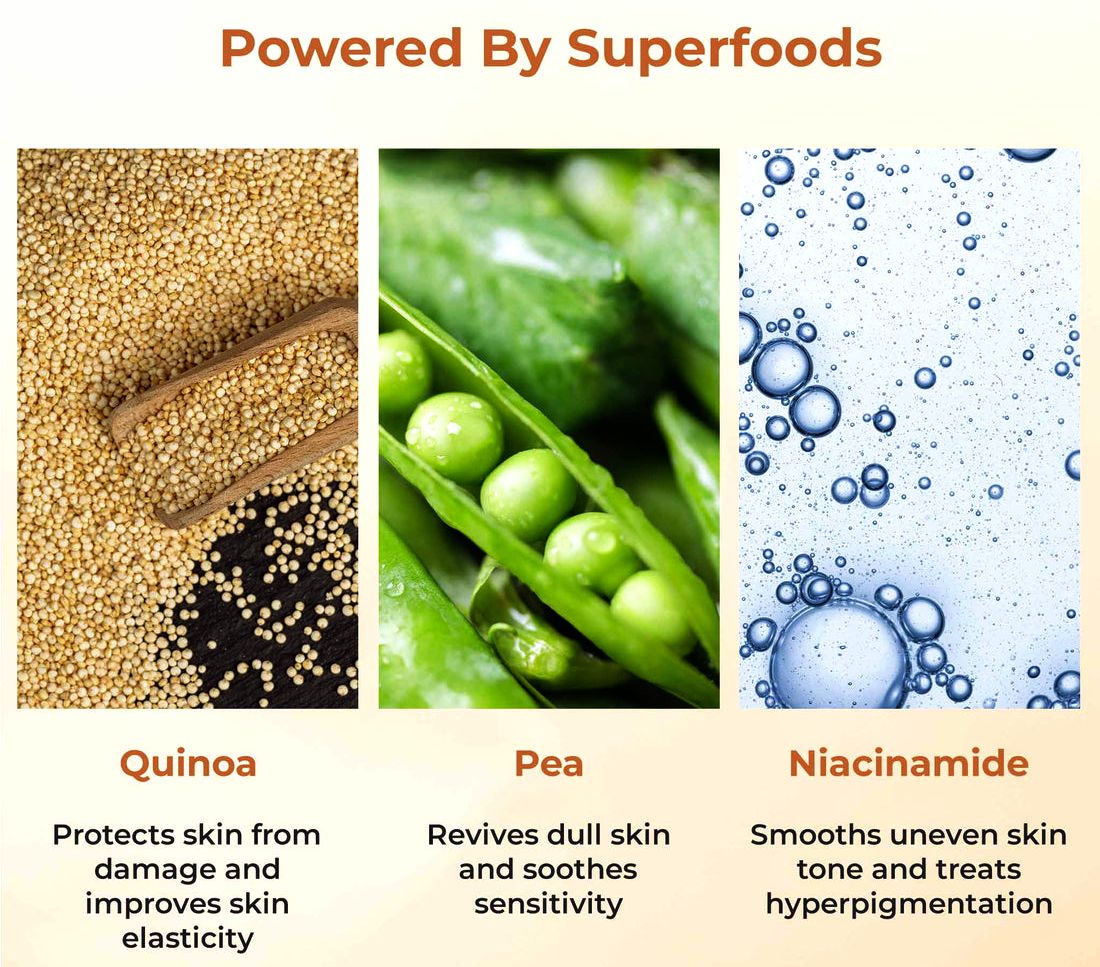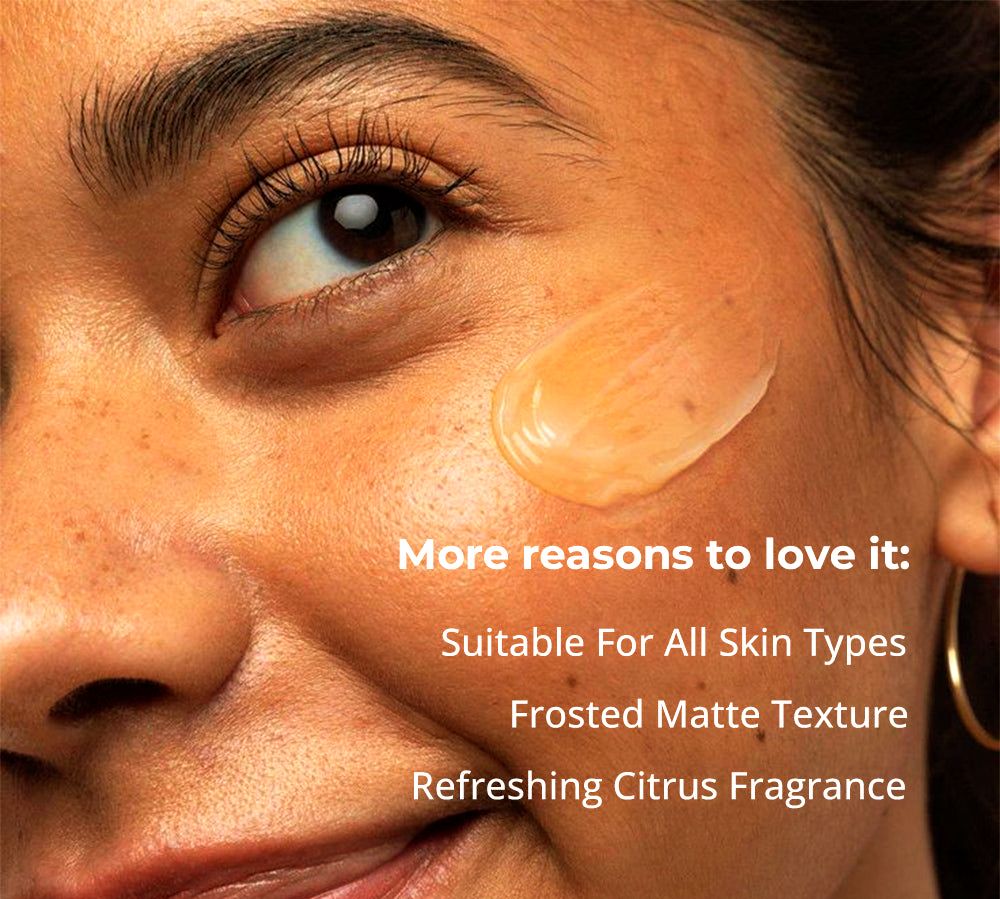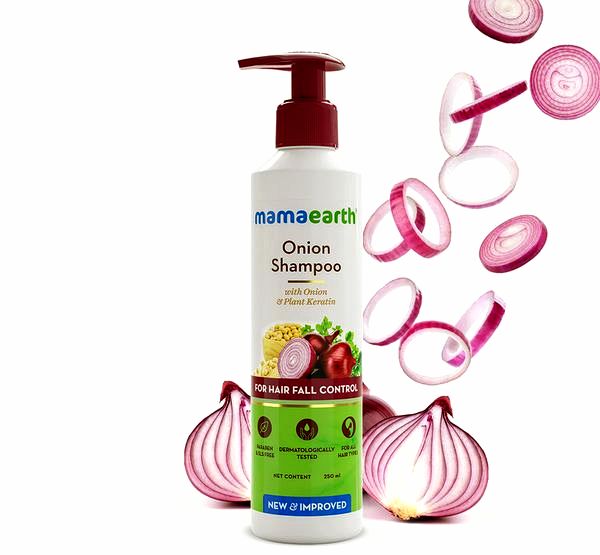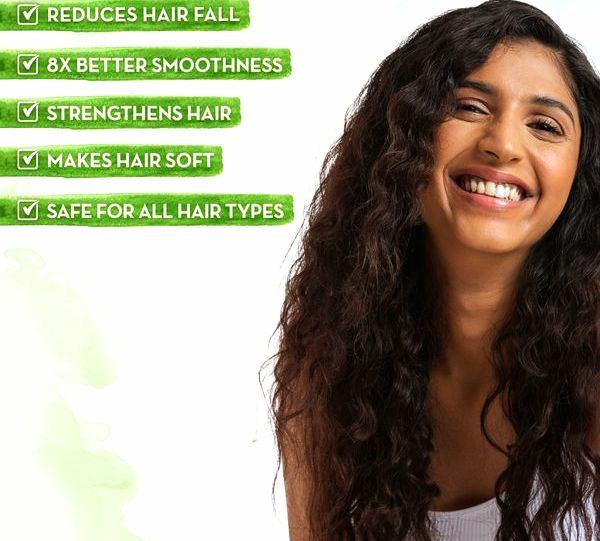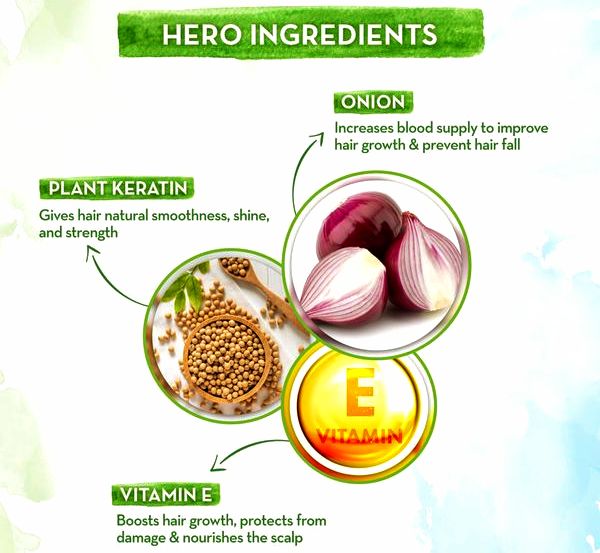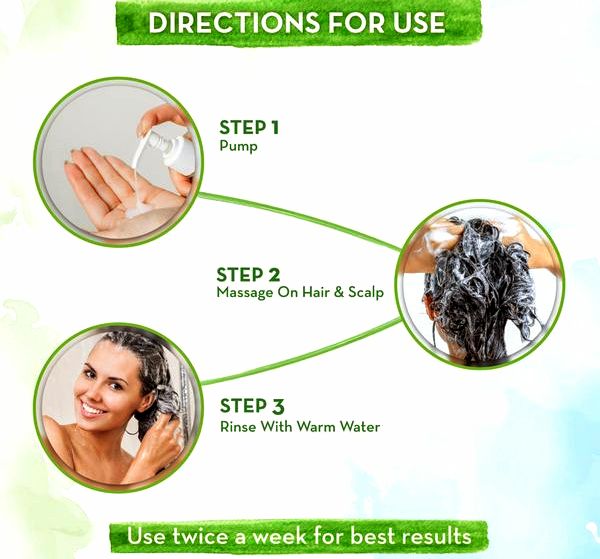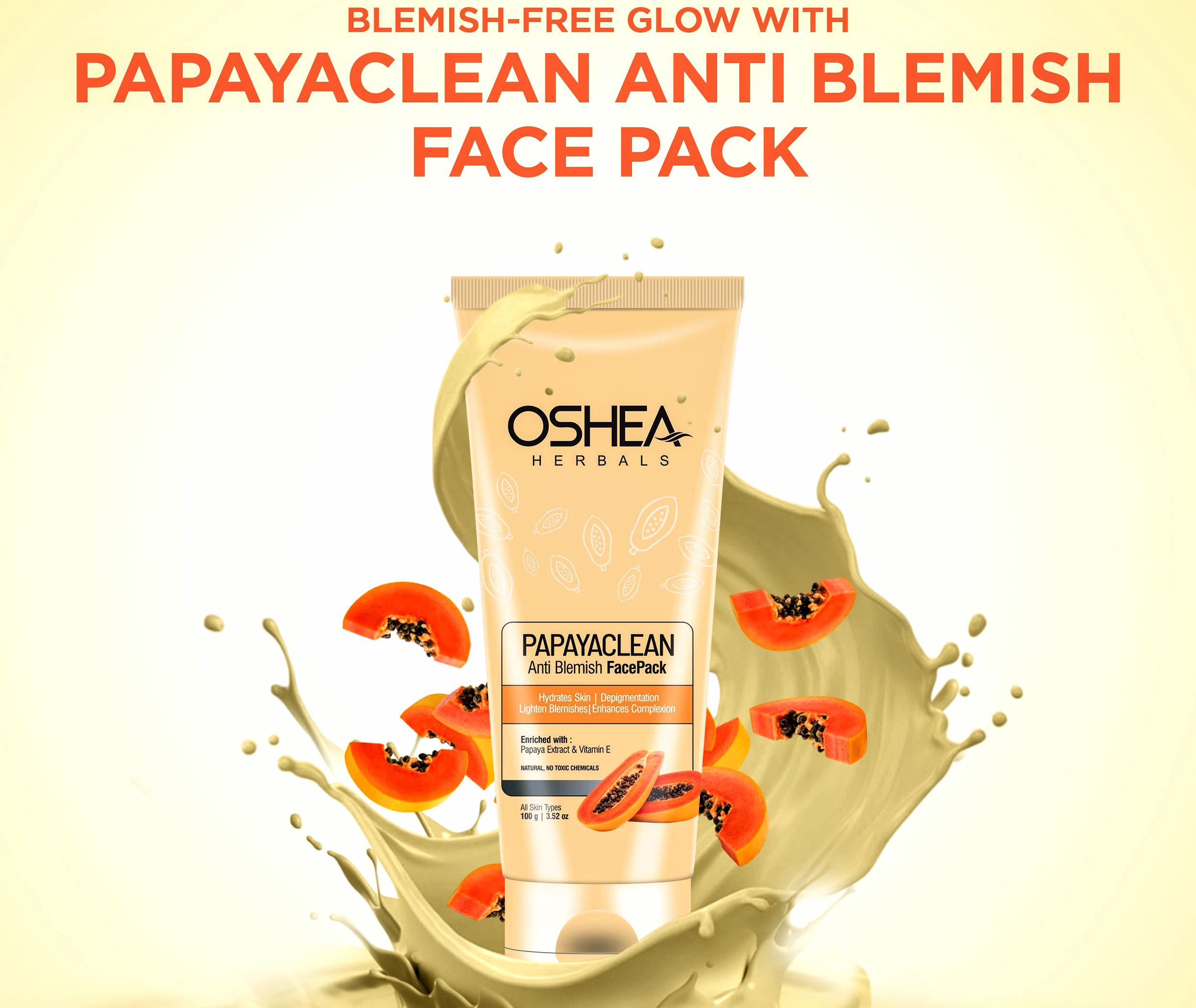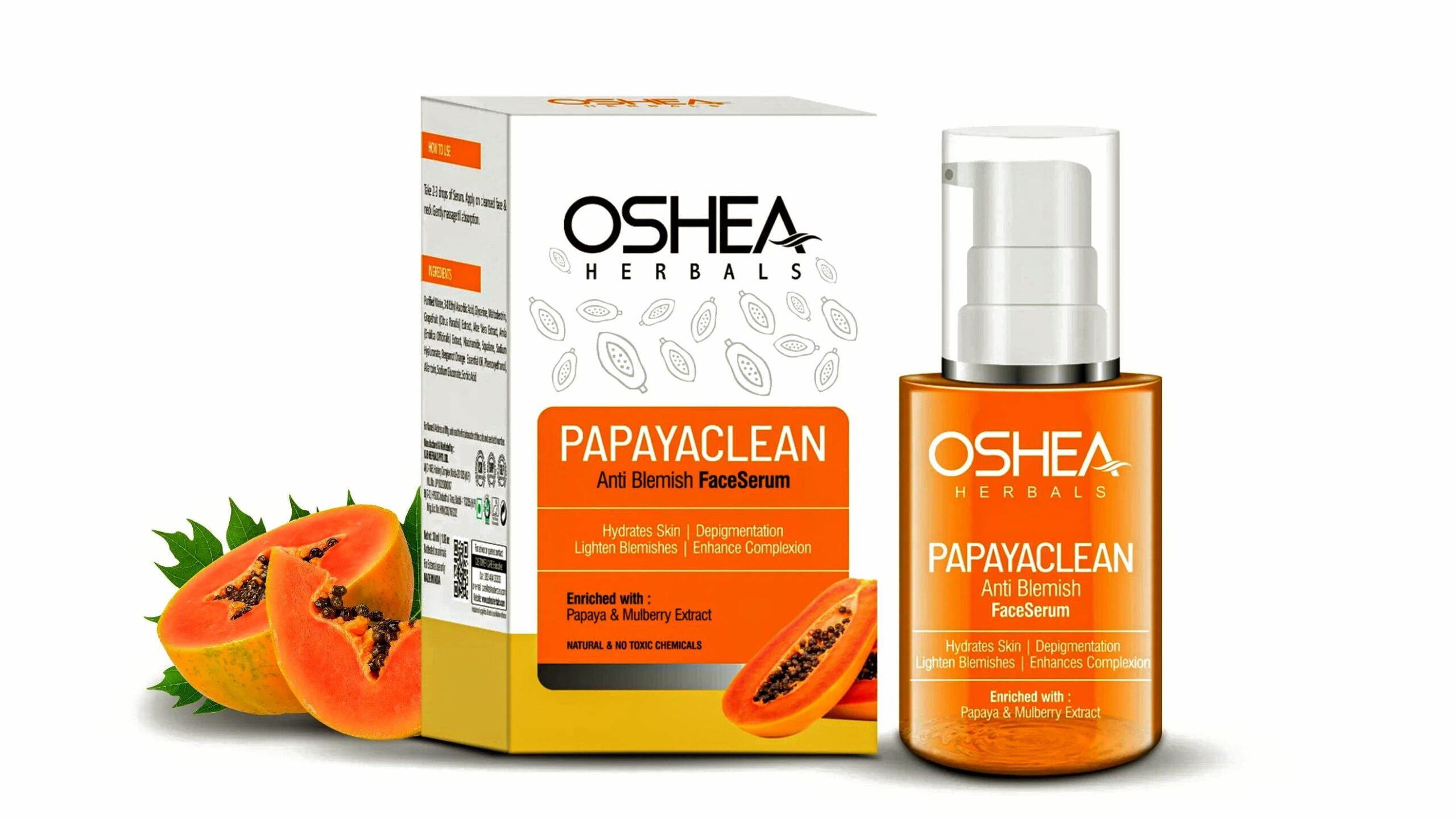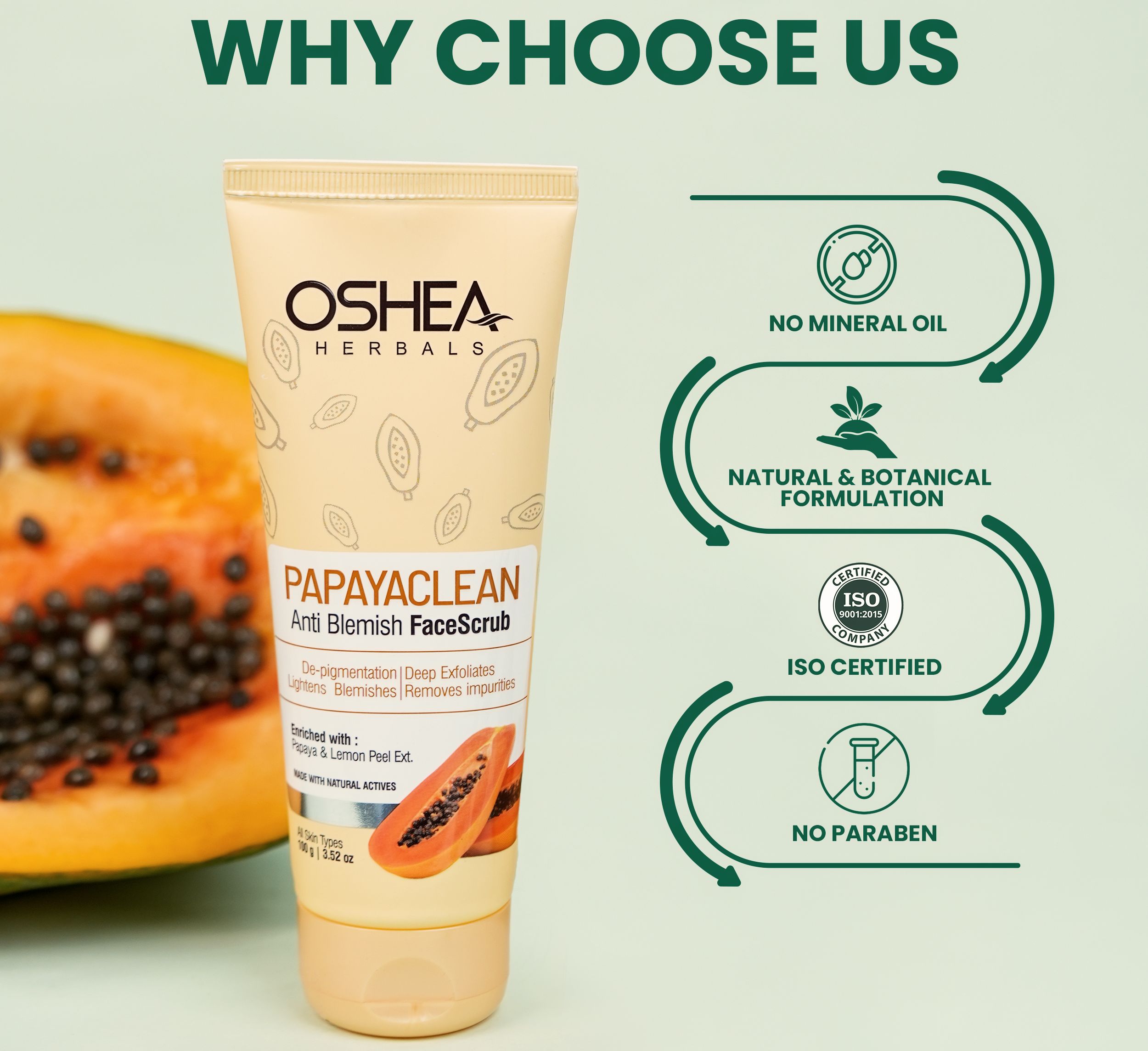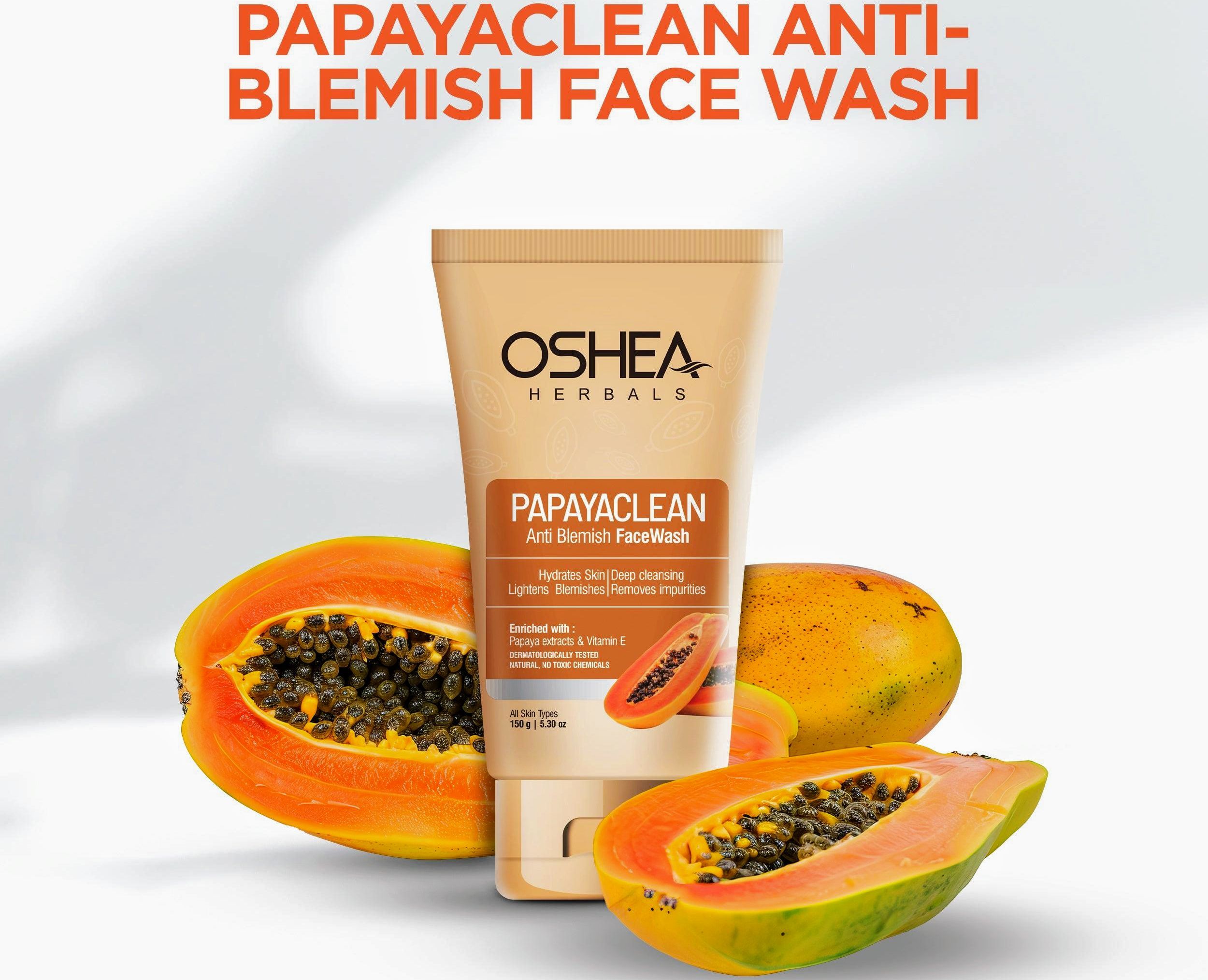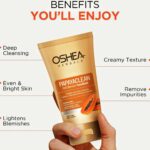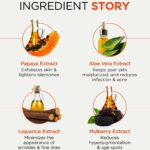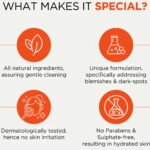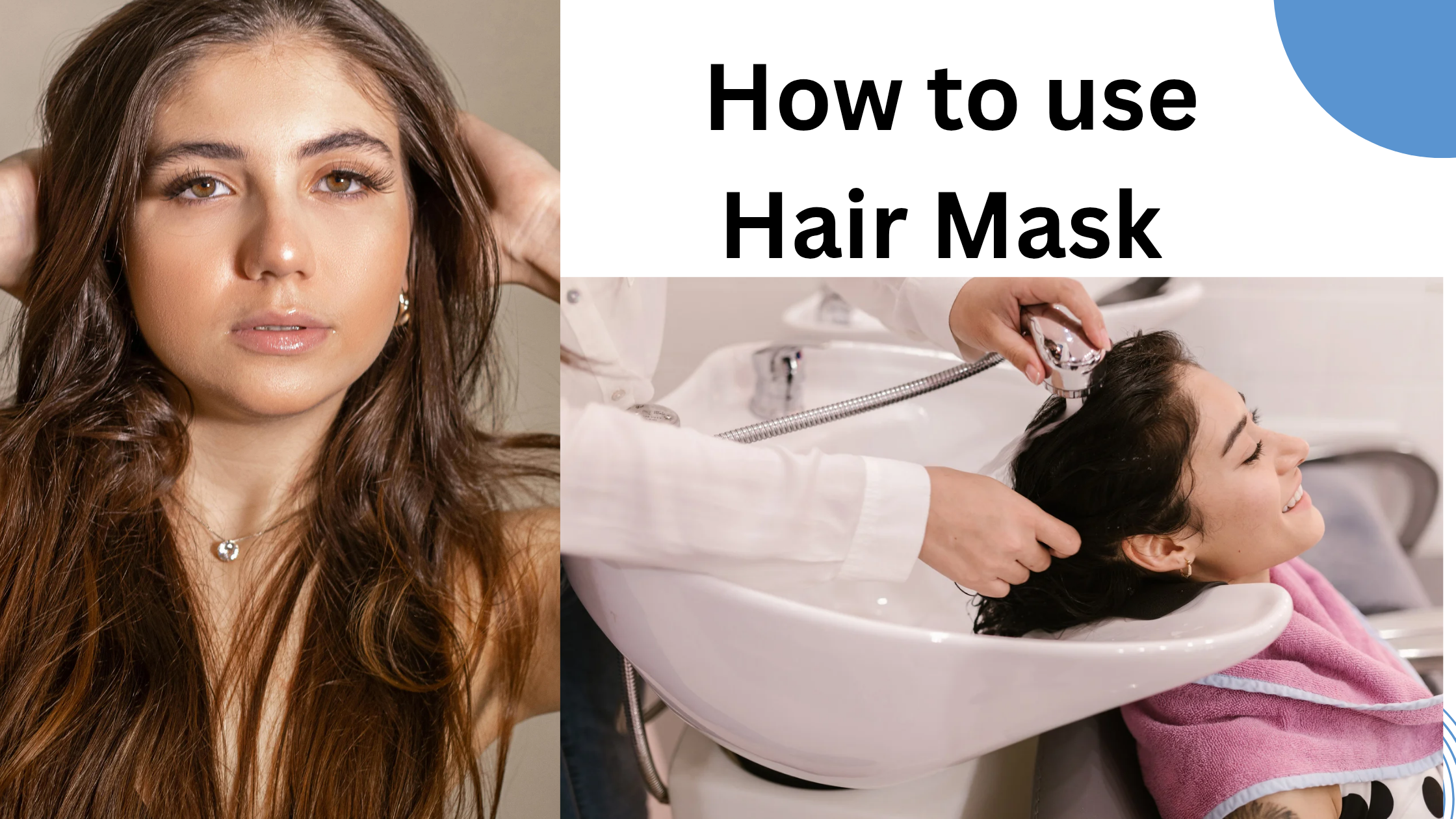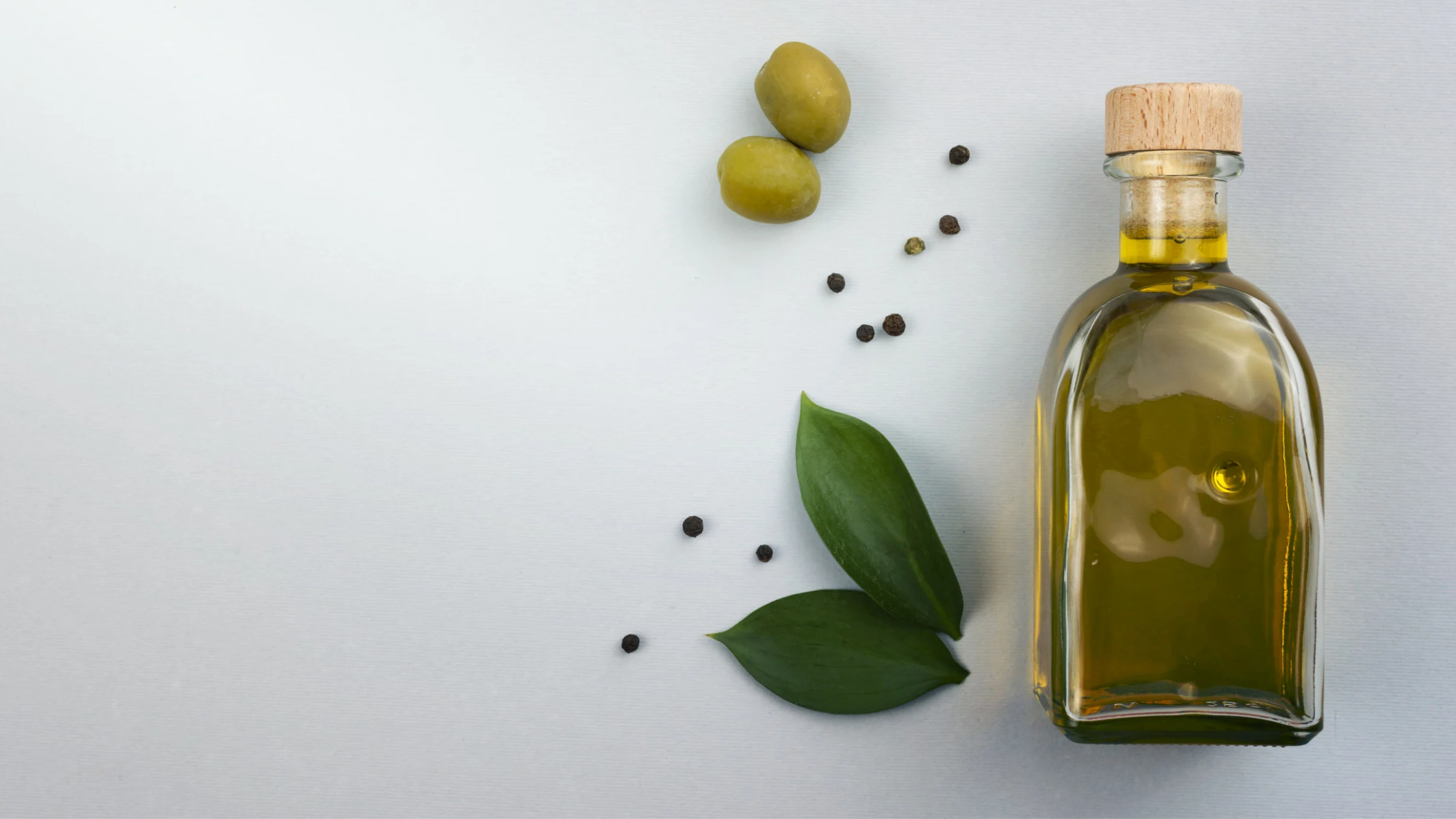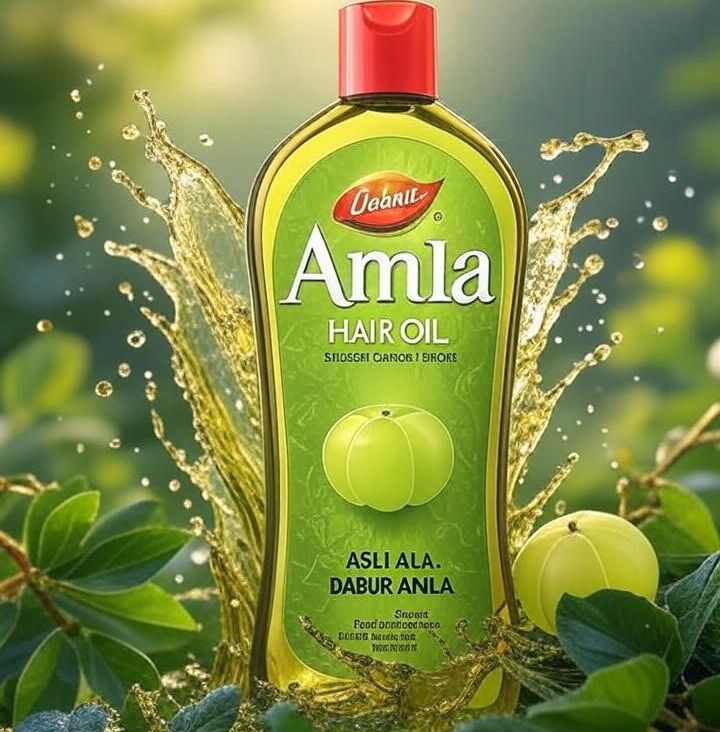If you are struggling with hair fall, breakage, or weak strands, then Naturali Anti-Hairfall Shampoo can be the perfect addition to your hair care routine. Infused with Rosemary, Korean Ginseng, and Biotin, this shampoo is designed to strengthen hair, reduce breakage, and promote natural hair growth—all while being gentle and safe for daily use.
Table of Contents
-
Introduction
-
Product Information
-
Product Uses
-
Key Ingredients
-
Product Benefits
-
FAQs
-
Conclusion
1. Introduction
Hair fall is a common concern today, often caused by stress, pollution, poor diet, or excessive styling. Choosing the right shampoo can make all the difference. Naturali Anti-Hairfall Shampoo is enriched with natural actives that not only reduce hair fall but also improve scalp health and promote thicker, stronger hair.
2. Product Information
-
Name: Naturali Anti-Hairfall Shampoo
-
Key Ingredients: Rosemary, Korean Ginseng & Biotin
-
Available Sizes: 200ml & 370ml
-
Price: ₹533 (Regular) | ₹453 (Sale Price – 15% OFF)
-
For: All hair types
-
Formulation: Mild & Gentle | Sulphate-Free | Paraben-Free | Mineral Oil-Free | Cruelty-Free
3. Product Uses
-
Reduces hair fall due to breakage
-
Strengthens weak & brittle strands
-
Promotes natural hair growth
-
Protects hair during wet combing
-
Suitable for daily use
4. Key Ingredients
🌿 Indian Rosemary
-
Antioxidant, antifungal & antibacterial properties
-
Strengthens hair follicles & rejuvenates scalp
-
Reduces premature greying
-
Promotes healthy hair growth
🌱 Korean Ginseng
-
Rich in Vitamin B6 & Biotin
-
Reduces hair fall & improves scalp health
-
Stimulates growth & protects against free radicals
💊 Biotin (Vitamin B7)
-
Strengthens strands & reduces breakage
-
Enhances shine & thickness
-
Supports keratin production
5. Product Benefits
-
✅ Reduces Hair Fall by 3X – Proven to minimize hair fall caused due to breakage from the very first wash.
-
✅ Strengthens Hair Strands – Biotin & Ginseng nourish the hair shaft, reducing brittleness and split ends.
-
✅ Stimulates Natural Hair Growth – Rosemary and Korean Ginseng boost blood circulation in the scalp, encouraging new hair growth.
-
✅ Nourishes Hair Follicles – Provides essential vitamins and minerals to the roots for healthier and thicker hair.
-
✅ Improves Hair Density & Volume – Regular use results in fuller and more voluminous hair.
-
✅ Protects Against Wet Combing Damage – Helps hair withstand up to 150 strokes of wet combing without excessive breakage.
-
✅ Prevents Premature Greying – Rosemary rejuvenates the scalp and slows down early greying.
-
✅ Gentle & Safe for Daily Use – Free from sulphates, parabens, and mineral oils, making it mild for everyday hair wash.
-
✅ Adds Natural Shine & Smoothness – Biotin enhances hair’s natural shine, leaving it soft, silky, and manageable.
-
✅ Good for You & The Planet – Cruelty-free, eco-conscious formula that supports healthy hair and a healthier environment.
6. FAQs
Q1. Is this shampoo suitable for all hair types?
Yes, it works well for all hair types including dry, oily, and normal hair.
Q2. Does it contain sulphates or parabens?
No, the shampoo is free from sulphates, mineral oils, and parabens.
Q3. Can I use this shampoo daily?
Yes, it has a mild and gentle formula, safe for everyday use.
Q4. Will it stop hair fall completely?
It reduces hair fall due to breakage and strengthens hair, but results may vary depending on lifestyle, diet, and overall hair health.
Q5. Does this shampoo stop dandruff too?
It primarily targets hair fall, but Rosemary and Korean Ginseng improve scalp health, which may help reduce mild dandruff.
Q6. Is it sulphate-free and paraben-free?
Yes, it is free from sulphates, parabens, mineral oil, and harsh chemicals.
Q7. Will it completely stop hair fall?
It significantly reduces hair fall caused by breakage and strengthens roots. However, results may vary depending on diet, stress, and lifestyle.
Q8. Can I use it with other hair oils or serums?
Yes, you can oil your hair before washing or apply a serum after shampooing for added nourishment.
Q9. What is the fragrance of this shampoo like?
It has a mild, refreshing herbal fragrance that feels soothing and not overpowering.
Q10. Is it cruelty-free and eco-friendly?
Yes, Naturali products are cruelty-free and designed to be good for you and the planet.
7. Conclusion
Naturali Anti-Hairfall Shampoo is a powerful blend of Rosemary, Korean Ginseng, and Biotin that targets the root cause of hair fall. By strengthening strands, nourishing follicles, and promoting growth, it helps you achieve healthier, stronger, and shinier hair. Free from harsh chemicals, this shampoo is the perfect daily care solution for anyone facing hair fall problems.

